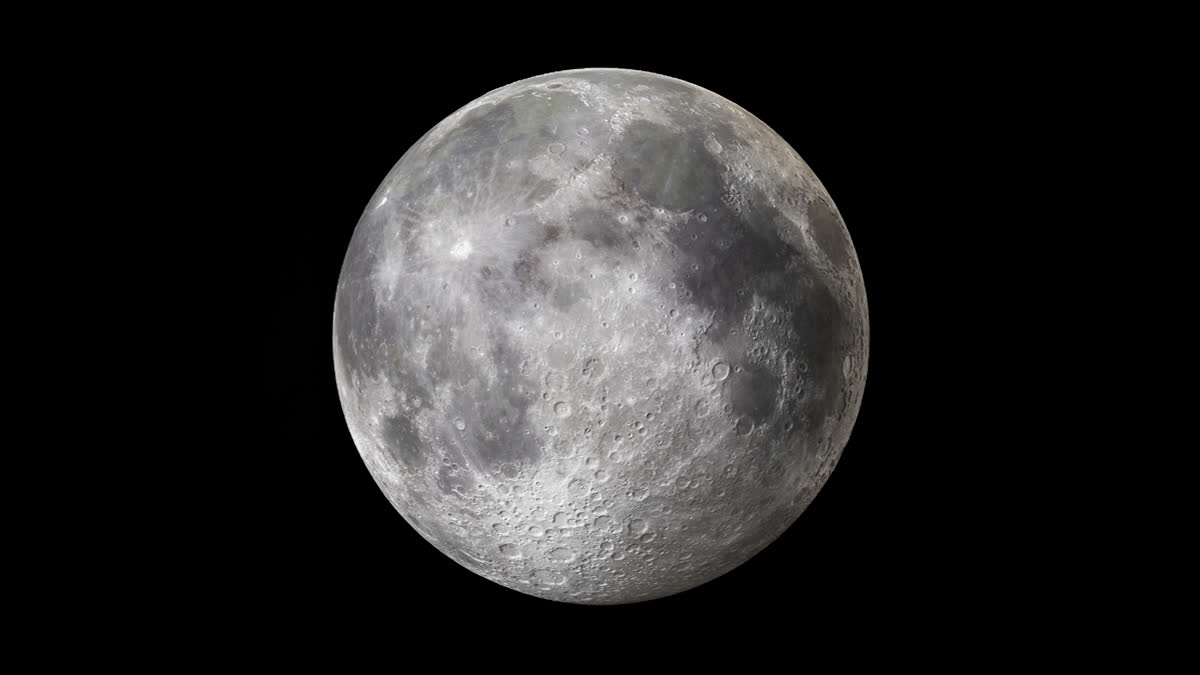Hyderabad: Several reports in the foreign media claimed that scientists discovered a cave on the Moon. However, the fact of the matter is that the Indian Space Research Organisation (ISRO) discovered a cave on the moon, way back in 2011.
As per the report in the BBC, the cave at least 100m deep could be an ideal place for humans to build a permanent base. It is just one in probably hundreds of caves hidden in an “underground, undiscovered world”, according to the researchers. Countries are racing to establish a permanent human presence on the Moon, but they will need to protect astronauts from radiation, extreme temperatures, and space weather. Helen Sharman, the first British astronaut to travel to space, told BBC News that the newly discovered cave looked like a good place for a base, and suggested humans could potentially be living in lunar pits in 20-30 years.
A report in the foreign news agency Associated Press written by its aerospace correspondent also claimed that scientists had discovered a cave on the Moon. As per the BCC report, Lorenzo Bruzzone and Leonardo Carrer at the University of Trento in Italy found the cave by using radar to penetrate the opening of a pit on a rocky plain called the Mare Tranquillitatis. It is visible to the naked eye from Earth and is also where Apollo 11 landed in 1969.
The cave has a skylight on the Moon’s surface, leading down to vertical and overhanging walls, and a sloping floor that might extend further underground. It was made millions or billions of years ago when lava flowed on the Moon, creating a tunnel through the rock. The closest equivalent on Earth would be the volcanic caves in Lanzarote, Spain, Prof Carrer explains, adding that the researchers visited those caves as part of their work, the BBC report said.
However, as per a report by news agency PTI in 2011, ISRO scientists have discovered a giant underground chamber on the moon, which could be used as a lunar base by astronauts for inter-planetary missions.
Scientists at the Space Applications Centre, using the data gathered from Chandrayaan-1's Terrain Mapping Camera and Hyper Spectral Imager (HySI) payloads, found a 1.2 km long, buried, uncollapsed and near horizontal lava tube. The hollow case situated just above the lunar equator on the near side of the moon, can accommodate a large number of astronauts and scientific instruments, and also protect them from a hostile lunar environment, according to the PTI report.



